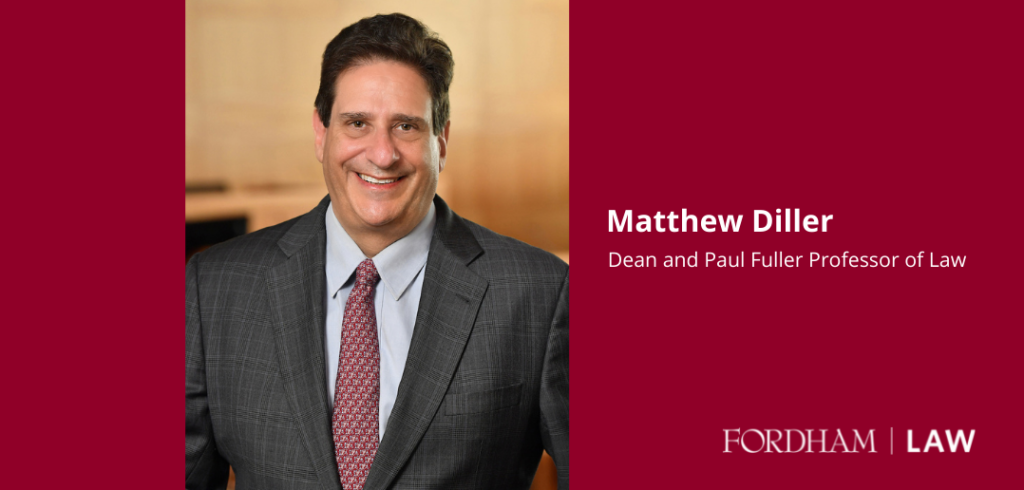In an opinion piece for New York Law Journal, Dean Matthew Diller explains why the new U.S. News and World Report formula for ranking law schools is still problematic and often misleading to prospective students whose application decisions are influenced by them.
However, the adoption of a unidimensional focus on this metric means that insignificant fluctuations will have outsized consequences. For example, looking at 2021, in employment rates, 11 schools have long-term, full-time bar-required and “JD advantage” employment rates (which is the data point U.S. News emphasizes) between 89% and 90%. Another nine have employment rates between 88% and 89%. Assuming all else is constant, if a school with an employment rate of 88% in 2021 increases to 90% in 2022, it will jump 20 other schools in this metric, which comprises one-third of the entire ranking, making it appear that the school is dramatically better than a year ago. In fact, all that will have changed is the outcome for a handful of students in a particular year, certainly not a basis for concluding that a law school has had some dramatic change in quality.
Read “A Closer Look at the New U.S.News Law School Ranking Formula” in New York Law Journal.

